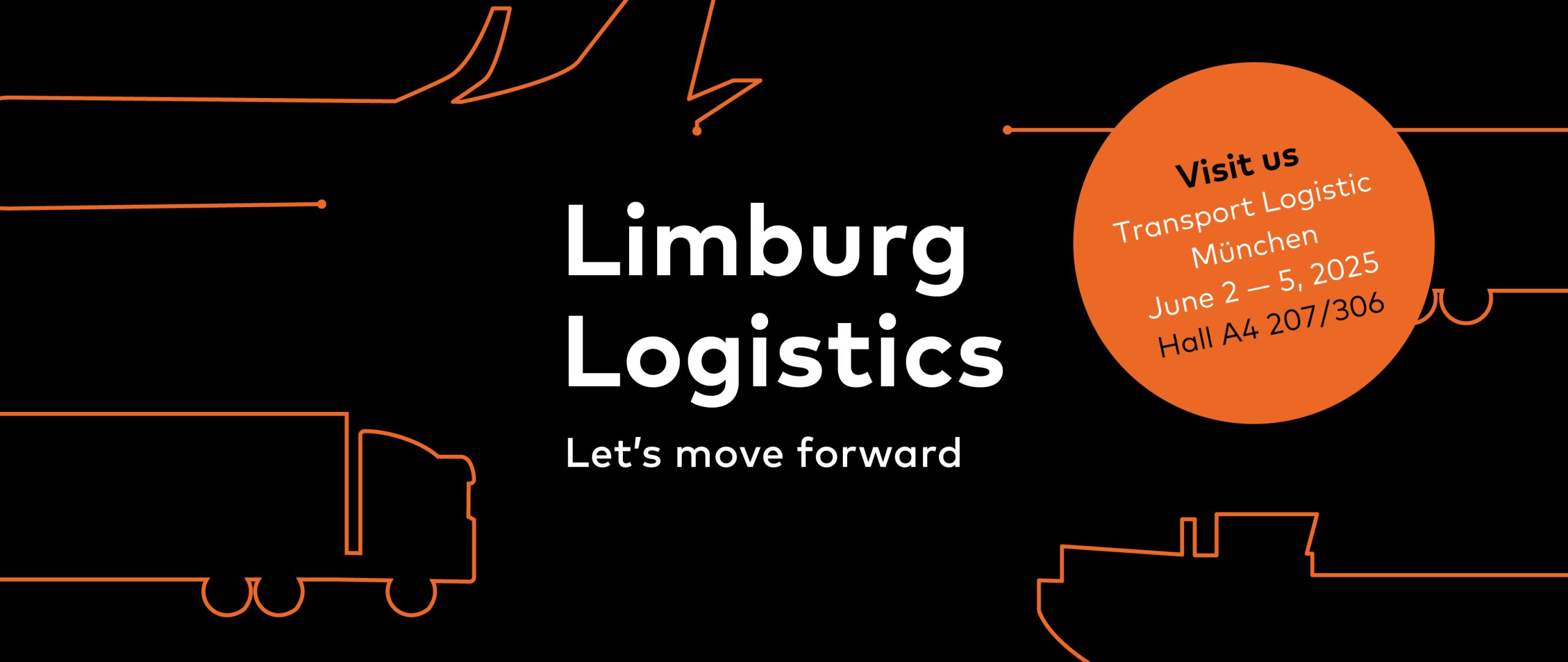Move Intermodal uses multiple modes of transport to move your cargo throughout Europe. This so-called ‘intermodal transport’ method uses trains or vessels to cover most of the distance. The mileage yet to cover is from the loading place to the intermodal terminal/port and from the terminal/port to the unloading site. These are called the pre- and post-haulages which are done by truck. As a result, your site does not need direct access to water or rails to benefit from intermodal transport. Therefore, this transport solution is more flexible than traditional transport by water or rail.
Not clear yet? Let us explain using an example. Suppose you would like to transport your goods from Antwerp to Milan. In case of traditional road transport, the truck driver drives to the loading place in Antwerp, loads the goods into a traditional trailer, and drives all the way to the unloading place in Milan.
The intermodal alternative will transport your goods door-2-door as well, however it will use multiple transport modes. Together with our customers, we choose the most optimal route. In this example a truck is used to load the goods in an intermodal container at the loading place. From there the driver brings the container to an intermodal terminal in the trimodal port of Antwerp. At the port, the container is loaded onto the train with the destination Busto Arsizio, near Milan. Once arrived at the terminal of Busto, that same container is transhipped again onto another local truck that will transport the container to its unloading place in Milan.
Now I suppose you have many questions such as ‘How can this provide us benefits when there are more steps to go through?’. We understand your concern and will prove to you why intermodal transport solutions should be considered more often. First of all, with over 30 years of experience in intermodal transport, we have gained great partnerships with all parties involved to ensure the best possible service.
Moreover, the intermodal transport solution is much better for the environment. According to the European Commission Reports, road transport is the main villain when it comes to the greenhouse gas emissions. This transport mode constitutes the highest proportion of overall transport emissions (ca 71% in 2018) in Europe. But the intermodal alternative can help you limit your carbon footprint significantly opposed to the road option. Specifically applied to this case: using only truck from Antwerp to Milan will generate 2 tons CO2, where on the other hand the intermodal alternative only generates 0.35 tons CO2. This means the intermodal alternative will generate 80% less emissions.
Another benefit of using multiple modes is keeping the trucks off the roads. Because the largest part of the transport distance is performed by train or vessel, we ensure that trucks are mainly kept off the road when you choose for the intermodal alternative. This not only leads to less road congestion, but also traffic jams can be avoided. Furthermore, in recent years we have seen the shortage of drivers continuously increase. Because of the intermodal aspect, we use the current drivers as efficiently as possible by deploying them on pre-haulages and post-haulages and by covering the greatest distance by vessel or train.
The third concept is synchromodal transport. This is the newest way of transporting your goods where you simply tell us where the shipment should be picked up and where and when it needs to be unloaded, leaving all the details to us. We guarantee you that we will select the best possible way to transport your goods. We do this in such manner that it will be the most cost-effective, while taking into account the environment. Officially synchromodality is defined as an “evolution of inter- and co-modal transport concepts, where stakeholders of the transport chain actively interact within a cooperative network to flexibly plan transport processes and to be able to switch in real-time between transport modes tailored to available resources. The shipper determines in advance only basic requirements of the transport such as costs, duration, and sustainability aspects. Thus, transport processes can be optimized, and available resources sustainably and fully utilized” (Haller et al., 2015).
Do you want to transport your goods in an environmentally friendly and cost optimising way? Do not hesitate to request a quote.



Are you interested in the services of Move Intermodal? We would be glad to provide you an intermodal solution for your transport flows throughout Europe. You can direct your rate request directly to our sales team by filling out the form! We will provide you a competitive offer as soon as possible.